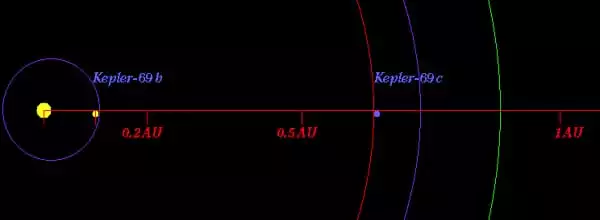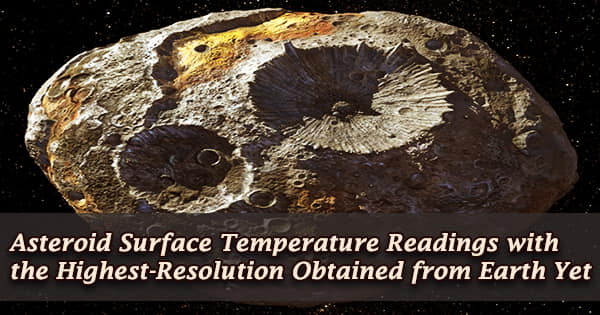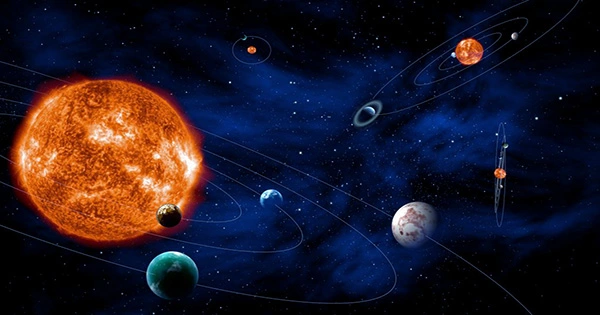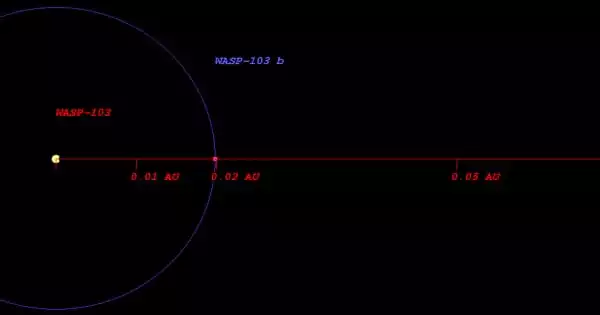Kepler-69 is a G-type main-sequence star in the constellation Cygnus, around 2,430 light-years (750 parsecs) from Earth. On April 18, 2013, it was revealed that the star is home to two planets. Although preliminary calculations suggested that the terrestrial planet Kepler-69c might be within the star’s habitable zone, subsequent investigation revealed that the planet is most likely outside of the habitable zone, more akin to Venus than Earth, and hence utterly inhospitable.
Kepler-69 is located approximately 2434.2 light-years (746.3 pc) from our Solar System. It has a visible magnitude of 13.7 and an absolute magnitude of 4.3. It is 0.8 times more massive and 0.9 times larger than our Sun. The surface temperature is 5638 degrees Fahrenheit, and the spectral type is G4 V. Number of Extrasolar Planets: 2. Kepler-69 b radius 0.200000 mass 0.017580 orbital distance 0.094000 Kepler-69 has a radius of 0.153000, a mass of 0.013703, and an orbital distance of 0.640000.
Kepler-69c is 70 percent larger than Earth and the smallest object ever discovered to circle in the habitable zone of a sun-like star. The composition of Kepler-69c is unknown, but its orbit of 242 days around a sun-like star mirrors that of our neighboring planet Venus. Kepler-69b, the companion planet, is somewhat larger than Earth and orbits its star every 13 days.

NASA’s Kepler Mission, which is charged with locating planets in transit around their stars, discovered the star’s planets. Kepler’s transit approach involves detecting brightness dips in stars. These brightness dips can be interpreted as planets moving in front of their stars from Earth’s perspective. The star’s name, Kepler-69, is derived directly from the fact that it is the 69th star found by Kepler to have verified planets.
Stellar characteristics
Kepler-69 is a G4 star that has around 81 percent mass and 93 percent radius of the Sun. It is 9.8 billion years old and has a surface temperature of 5638 168 K. The Sun, on the other hand, has a surface temperature of 5778 K and is 4.6 billion years old.
The apparent magnitude of the star, or how brilliant it seems to us from Earth, is 13.7. As a result, Kepler-69 is too dark to see with the naked eye.















